Could CBT for insomnia finally be the solution to your sleepless nights?
Experts share what CBT-i is and how it could have you sleeping soundly
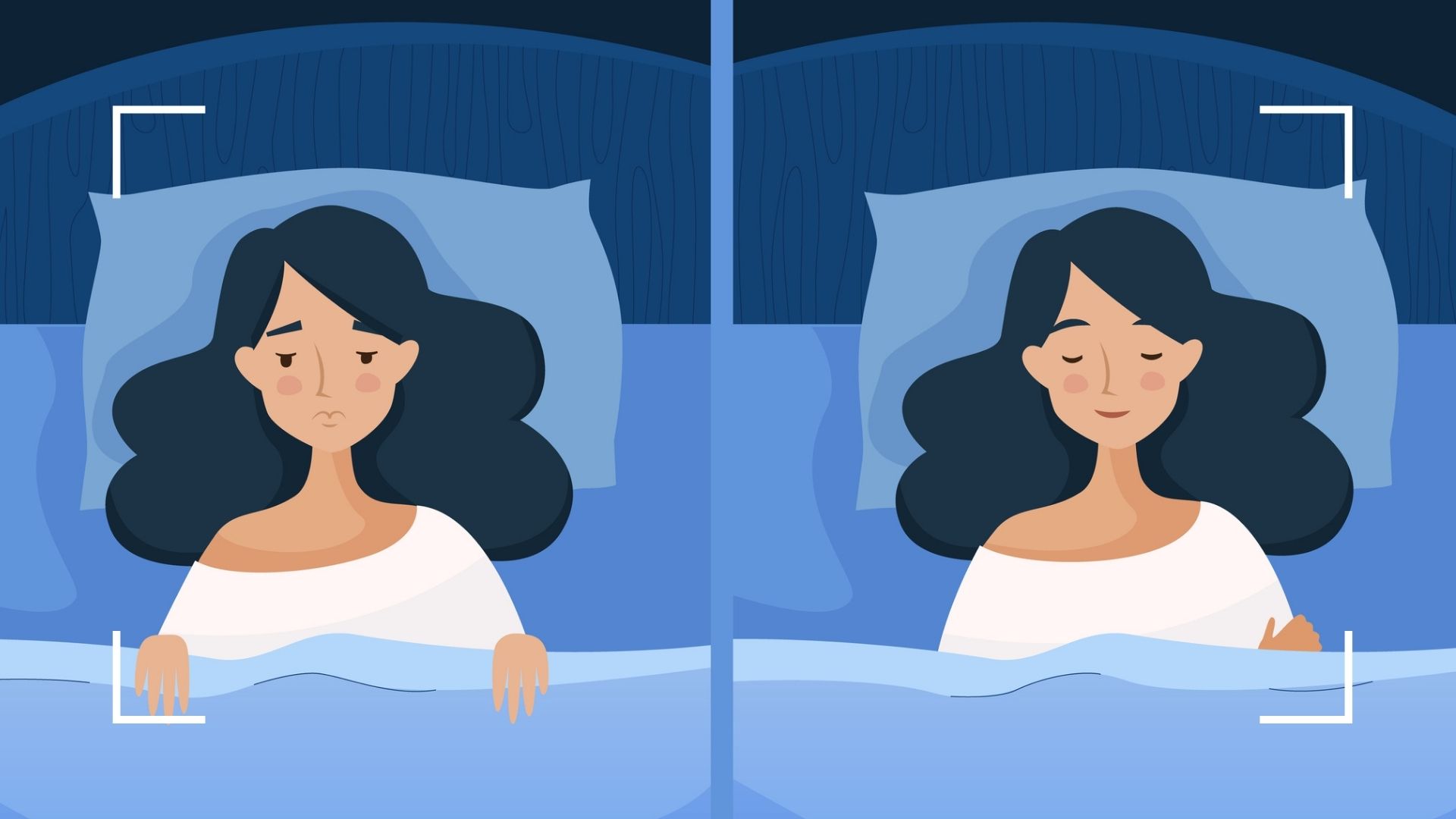
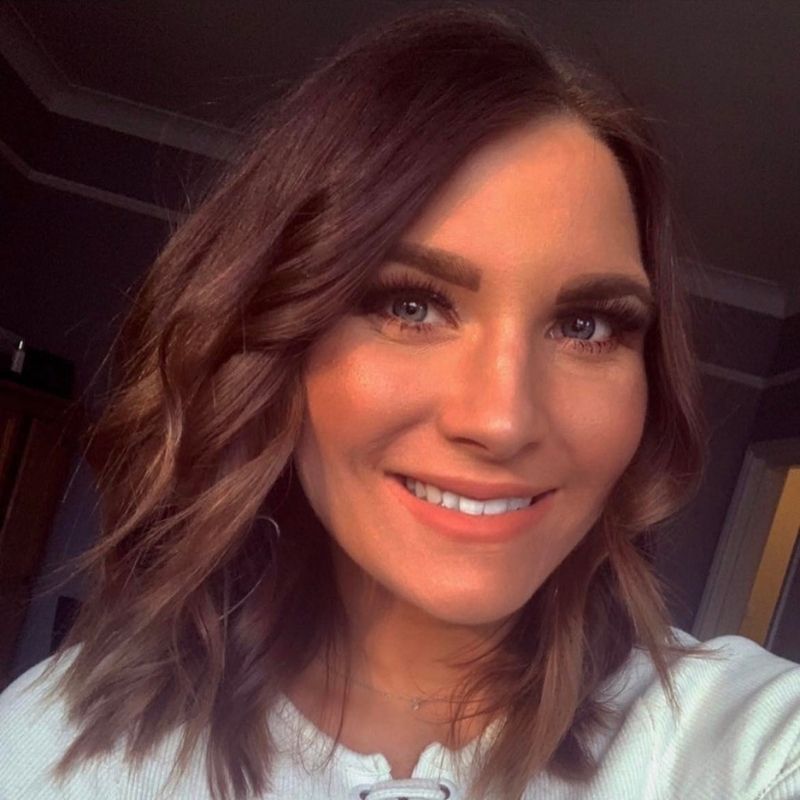
CBT for insomnia—also known as CBT-i and Cognitive Behavioural Therapy for insomnia—might not be the first thing you think of when it comes to solutions for sleepless nights. Instead, for most of us, our tried-and-tested methods involve simple lifestyle changes, such as sipping a calming herbal tea, relaxing in a bubble bath, or swapping our smartphone for a book before we hit the sheets.
Still, 36% of adults struggle to fall asleep at least once a week, and nearly half of the UK population have trouble getting to sleep at least once a month, according to Insomnia Statistics UK 2021. So it’s no wonder we’re still searching for answers to how we can sleep better. Because not only is difficulty sleeping frustrating and exhausting, but not knowing how to fall asleep fast or stay asleep, can have an impact on our mental and physical health, too. In fact, mental health disorders and insomnia go hand-in-hand. One study by the Sleep Disorders and Research Center at Henry Ford Hospital in Detroit showed 40% of participants with insomnia had a mental illness, and just 16.4% of people in that study had no sleep disorder paired with their diagnosis.
What is insomnia?
“The definition of insomnia is dissatisfaction with the quality or amount of sleep you’re getting, whether this is due to difficulty falling asleep, staying asleep through the night, waking up at the same time every night, or waking too early,” explains sleep expert for Sleepio, Dr Vicki Creanor.
“Alongside this, it must be impairing your functioning in some way, have been around for at least three months and be problematic at least three days out of seven for it to be classified as insomnia.”
While go-to natural cures for insomnia often include herbal remedies, such as melatonin and valerian root, and a trip to your medical provider might see you being prescribed medicated sleeping tablets, it turns out our first approach might be the wrong one. Instead, emerging research claims a natural, therapeutic treatment called CBT-i should be your first port of call.
What is CBT for insomnia?
“CBT is an evidence-based talking therapy that has been around for decades and is deemed the ‘gold-standard’ treatment for many mental health problems—such as anxiety, depression and sleep problems—because it has shown so much [success] across the board,” says sleep expert for Sleepio, Dr Vicki Creanor.
CBT-i can help you overcome the underlying causes of your insomnia and learn how to sleep better by treating the cause rather than medicating the issue. It does this by aligning your thoughts and actions with what the body requires for sound sleep.
Sign up for the woman&home newsletter
Sign up to our free daily email for the latest royal and entertainment news, interesting opinion, expert advice on styling and beauty trends, and no-nonsense guides to the health and wellness questions you want answered.
“Sound sleep relies on a strong hunger for sleep, plus a strong circadian rhythm. Sleep hunger builds up throughout the day, so the longer we've been awake, the stronger our drive for sleep, just as hunger for food increases the longer it's been since our last meal,” explains Dr Seth Gillihan, a clinical psychologist who specializes in CBT and Head of Therapy for therapy and sleep app Bloom. “The circadian rhythm is our body's internal 24-hour cycle. When we line up our circadian rhythm with strong sleep hunger, we get sound sleep results.”
How CBT for insomnia works
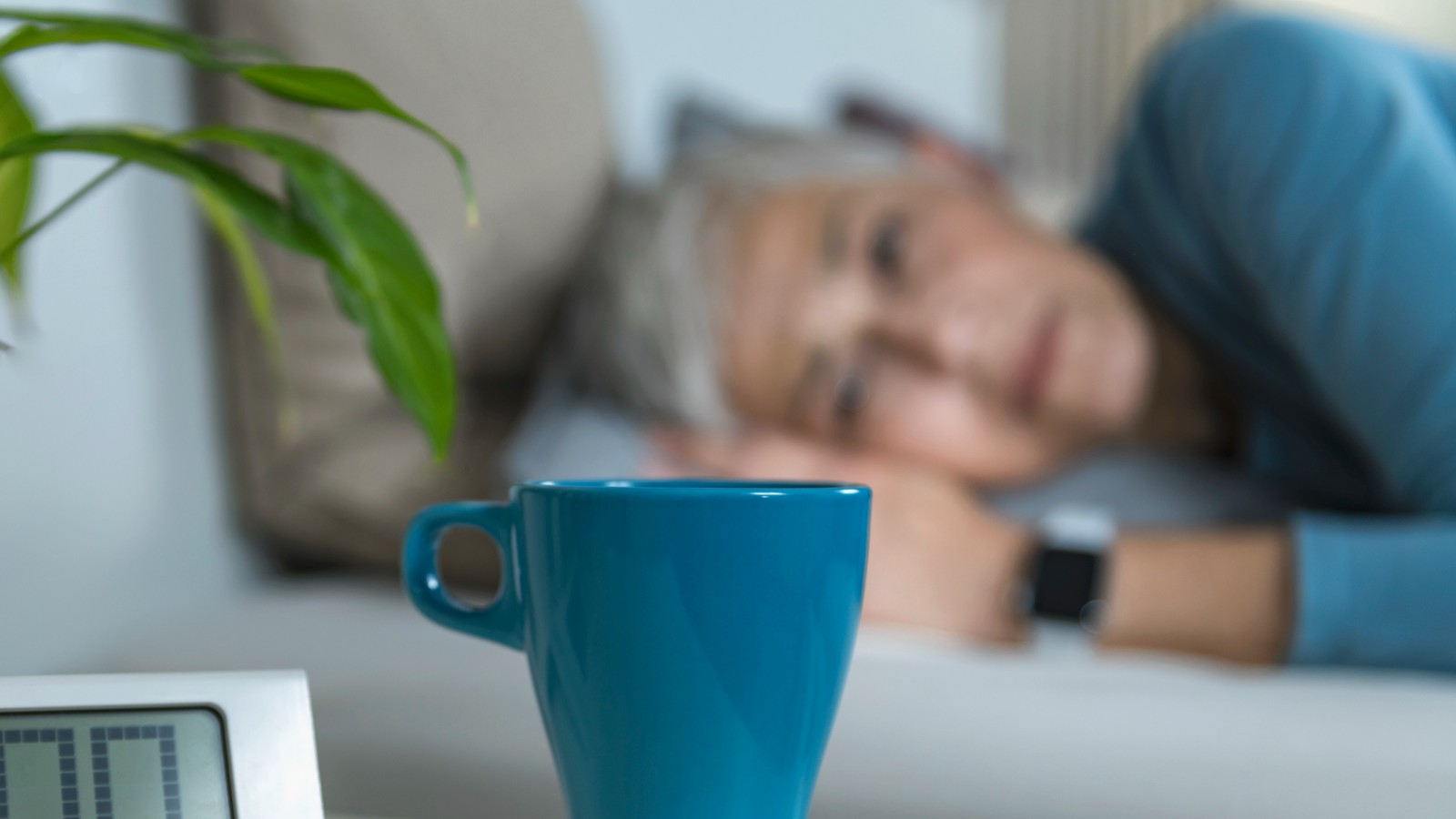
CBT-i can be broken down into three parts: cognitive interventions, behavioral interventions and psychoeducational interventions. Working with a trained CBT therapist, you will explore the connection between your thoughts, behaviors and how you sleep.
Here’s what these approaches involve:
1. Cognitive interventions

“The cognitive part of CBT-i helps us let go of the unhelpful thoughts that can trigger stress and sleep anxiety and keep us awake,” explains Dr Gillihan.
The main technique is cognitive restructuring, which is a simple 3-step process:
1. Notice your distressing thought
2. Evaluate whether it's accurate
3. Consider alternative thoughts
For example:
1. "I'm never going to fall asleep."
2. "Actually I always fall asleep at some point."
3. "I may be up for a long time but at some point I'll get some sleep."
“This process helps us stop the common catastrophic thinking when we're not able to sleep, because we're prone to seeing the worst in the sleepless hours of the morning,” explains Dr Gillihan.
2. Behavioural interventions

This involves creating new, healthy sleeping habits which ensure you learn to switch off at night, only use your bed for sleep or sex, and go to bed later to reduce waking up in the night.
- Relaxation Training—most of these patients have severe difficulty "turning off their brain at night",” says Dr Michael Breus, aka, The Sleep Doctor. “Giving them multiple relaxation techniques to help them lower the physiological tension found in insomnia (it's actually now called Psychophysiological Insomnia), is very helpful, both while trying to fall asleep and in the middle of the night if they wake up.” This might involve learning how to breathe better through breathing exercises such as the 4-7-8 technique, practicing mindfulness, or gentle exercise such as yoga-nidra.
- Stimulus Control—here you leave the bedroom for anything other than sleep and sex, says Dr Breus. “This way you are not associating not sleeping with your bed or bedroom.” This means no reading, no watching TV and certainly no working from bed. If you’re not asleep after 20 minutes, get out of bed and do something else relaxing, only returning to bed when you feel sleepy.
- Sleep Restriction—this involves restricting your allowed sleep time to six hours or slightly less, explains Dr Breus. “The schedule is chosen by both the therapist and the patient. I think this is the most useful aspect of CBT-i since it establishes a specific routine that dictates exact times to get in and out of bed, and how much sleep is allowed. This is critical for lowering nighttime awakenings, and helping them sleep through the night.”
3. Psychoeducation

Simply put, this is when your therapist educates you about the importance of good sleep hygiene and is a core component of CBT-i, according to Beverley Blackman, counselor, and member of Counselling Directory.
“Good sleep hygiene involves increasing practices that encourage and support sleep while decreasing or eliminating those that discourage sleep,” says Blackman.
This may include:
- Avoiding caffeine after lunchtime
- Keeping your bedroom quiet, cool and dark
- Not drinking alcohol to fall asleep
- Creating a wind down routine
“Once both mind and body come to understand what to expect from a wind-down routine and [you have] new levels of control over [intrusive thoughts], a client can start to relax and fall asleep more quickly and naturally,” says Blackman. But as with all CBT, it requires commitment, focus, and repetition to be effective.
How long does treatment take?
“Sessions are typically weekly for 45-60 minutes in the beginning, and often shorter (30-45) as treatment progresses,” explains Dr Gillihan. “A normal course of treatment is around six to eight sessions. In my experience, patients often start to see improvements within two to three weeks, even if they've been suffering from insomnia for a decade or more. The more consistently they follow the treatment guidelines, the sooner they tend to find relief.”
“I've worked with patients face-to-face in my office as well as through teletherapy, and both can be effective,” says Dr Gillihan. “Some of the CBT-i apps can be very effective, too, and are much easier to find (and more affordable) than sleep specialists.”
Can CBT-i help people with mild or new sleep problems?
Yes, with some limitations. “We would want to rule out any obvious cause that could be driving the sleeplessness, like having a new baby or experiencing other acute stress,” says Dr Gillihan. “If we're going through a painful divorce, for example, our stress systems may be turned on all the time, which can continue to disrupt our sleep even if we're following good sleep habits.”
However, it’s still important to consistently practice healthy sleep habits when we have a new sleep problem. “Research shows we're less likely to develop chronic insomnia if we stick to a consistent sleep schedule, get out of bed if we're not sleeping, and so on,” says Dr Gillihan.
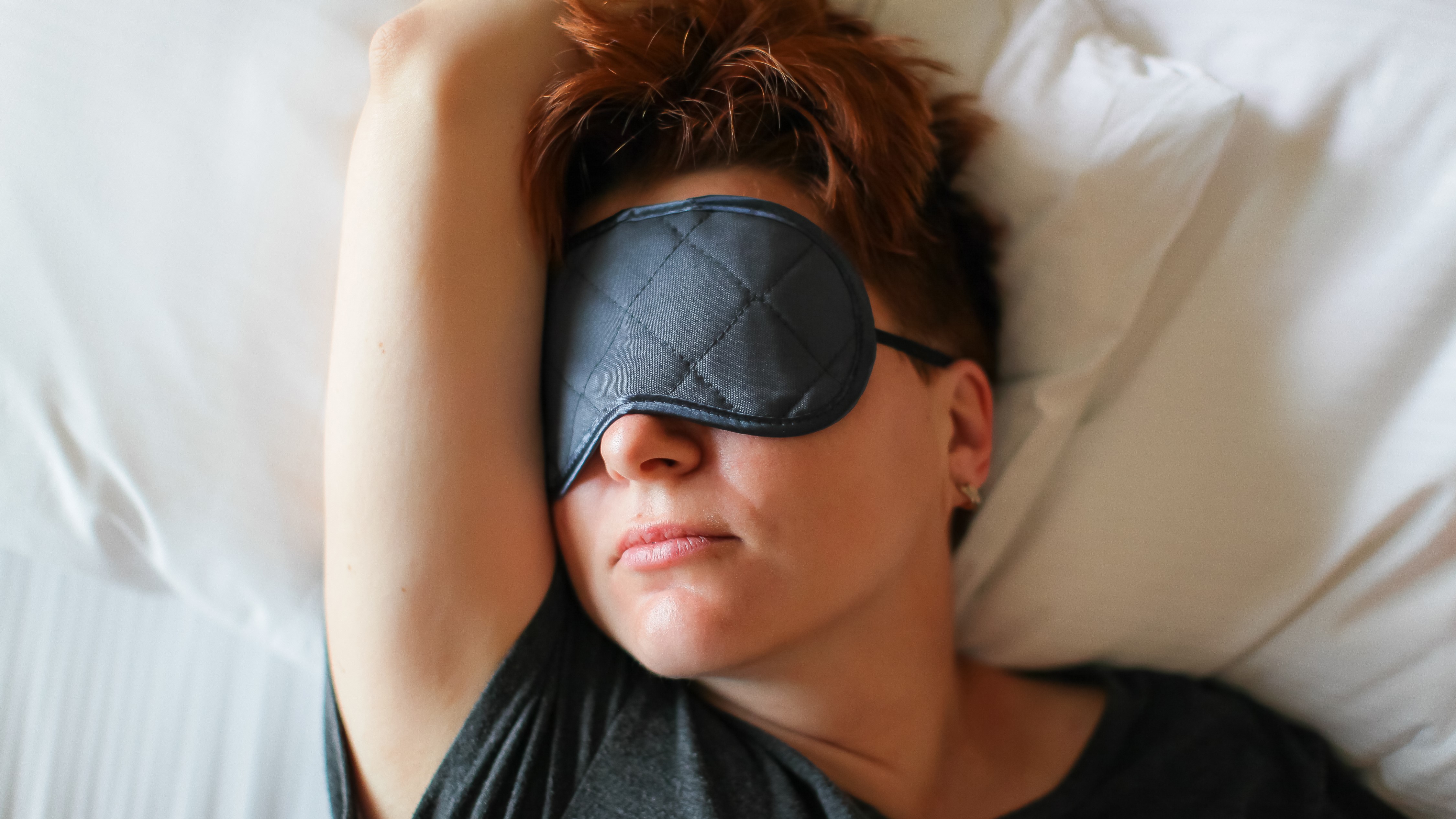
How effective is CBT-i?
“As therapies go, it is a very effective technique,” says Blackman. And, as always with therapy, you get more out of it if you put more into it.
“Research shows that 70-80% of clients will be able to reverse their insomnia,” adds Blackman. And, unlike taking medication, CBT-i has no serious side effects and the techniques you learn in session will stay with you for life, helping you to sustain a healthy sleeping routine.
How does CBT-i for insomnia compare with other sleep therapy methods?
While CBT-i is highly recommended, it’s not the only therapy that can help with sleep problems. Acceptance and Commitment Therapy (ACT), another type of CBT has also been shown to have long-lasting benefits for those experiencing insomnia.
What is ACT?
“ACT, is a so-called ‘third wave’ cognitive-behavioral model of psychotherapy,” says Dr Guy Meadows, co-founder and Clinical Lead at Sleep School.
“It uses acceptance and mindfulness strategies together with commitment and behavior-change strategies to increase psychological flexibility.” It can be used to help treat various mental health problems including anxiety, depression, chronic pain, stress, and insomnia.
How does ACT help treat insomnia?
“ACT focuses on symptom acceptance and valued-based action," says Dr Meadows. “The goal of ACT is to promote psychological flexibility, which is an individual's willingness to experience negative thoughts, feelings and poor sleep, rather than get rid of them, in order to be able to move closer to what they care about in life.”
In 2015, Sleep School completed an in-house clinical study to evaluate the effectiveness of its approach. “We tracked the sleeping patterns of chronic insomnia sufferers for one year after attending one of our one-day workshops in central London,” says Dr Meadows. “The results showed that 86% of attendees successfully recovered from insomnia. Significant improvements across a wide range of sleep measures were also observed, including a 42% increase in total sleep time per night (4.8 hours per night to 6.8 hours per night) and a 70% decrease in the time taken to fall to sleep.”
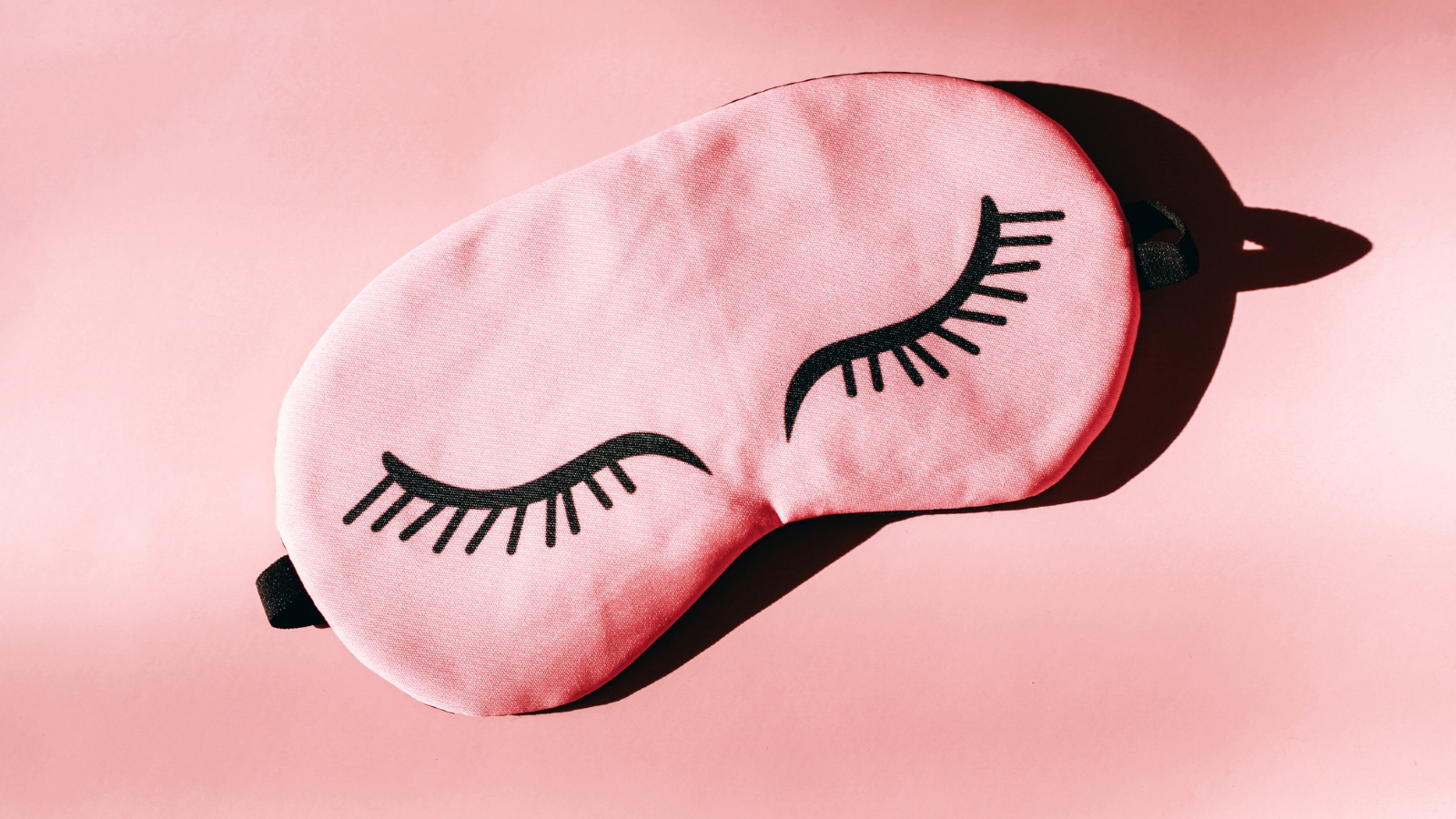
What happens in ACT for insomia?
ACT for insomnia has three simple steps:
- Accept—being aware and accepting of what is happening in the moment, non-judgmentally, both internally and externally.
- Open—being open to experiencing all that arises in your mind and body including difficult thoughts, painful feelings and nighttime wakefulness.
- Live—identifying and connecting with who and what matters in your life, even when you can’t sleep.
ACT vs CBT for insomnia
The goal of CBT is to reduce the existence of pain and suffering, such as the arrival of negative thoughts, anxious feelings and poor sleep. If these still exist at the end of therapy, then the therapy is considered unsuccessful.
“ACT principles posit that placing much focus on the absence of pain and suffering, fuels feelings of failure and promotes unnecessary nighttime struggle, leading to greater levels of sleeplessness,” says Dr Meadows.
“ACT recognizes pain and suffering is a normal part of the human experience and struggling to extinguish it, can actually fuel it. ACT, therefore, focuses on changing the context in which people relate to their pain, rather than the content of the pain.”
The right method for you will depend on your type of sleep problems and your sleep goals. For more advice speak to your doctor or a sleep specialist to identify the right treatment for you.
w&h thanks Dr Vicki Creanor of Sleepio, Dr Seth Gillihan of Bloom, Dr Michael Breus aka The Sleep Doctor, Beverley Blackman of the Counselling Directory, and Dr Guy Meadows of Sleep School for their time and expertise.

Rose Goodman is a health writer across print titles and websites including woman&home.
Prior to pursuing her career as a writer, Rose obtained a degree in psychology and went on to work in adult mental health for five years, specifically working with people diagnosed with eating disorders, anxiety, depression and OCD. Mental health and wellbeing is something Rose feels incredibly passionate about and believes normalising the conversation around mental illness is something we should all actively strive to do.
-
 Styling leopard elegantly can be tricky but Eva Mendes' classic black tailoring and stiletto boots made it look easy
Styling leopard elegantly can be tricky but Eva Mendes' classic black tailoring and stiletto boots made it look easyIf you struggle with knowing how to style daring leopard print pieces, making note of Eva Mendes' satin midi skirt look will be worth your time.
By Caitlin Elliott Published
-
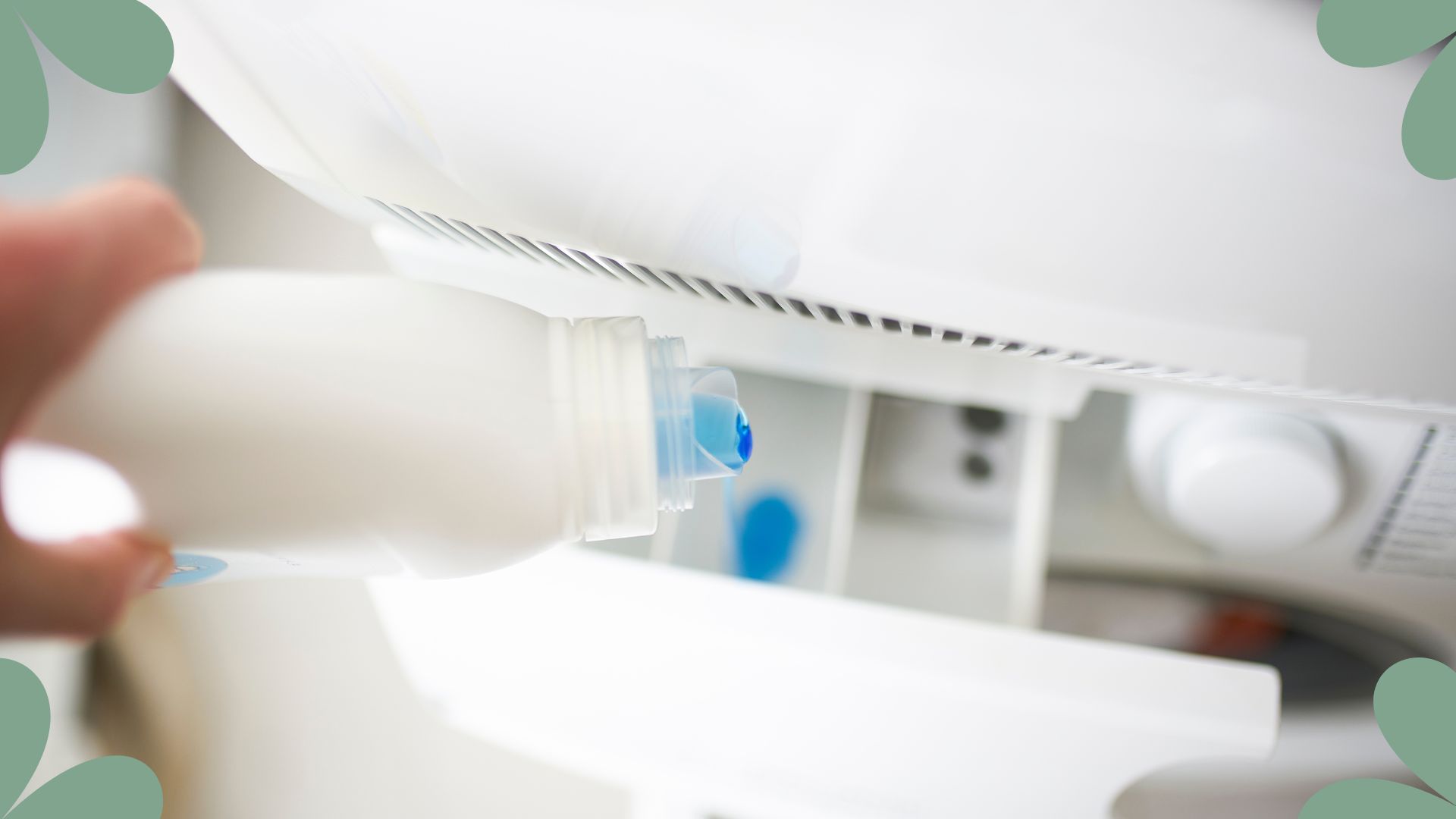 Lynsey Crombie reveals the surprising laundry mistake leaving your clothes smelling 'stale and nasty'
Lynsey Crombie reveals the surprising laundry mistake leaving your clothes smelling 'stale and nasty'Do your clothes smell unpleasant even after you've washed them? It could be your fabric conditioner
By Emily Smith Published